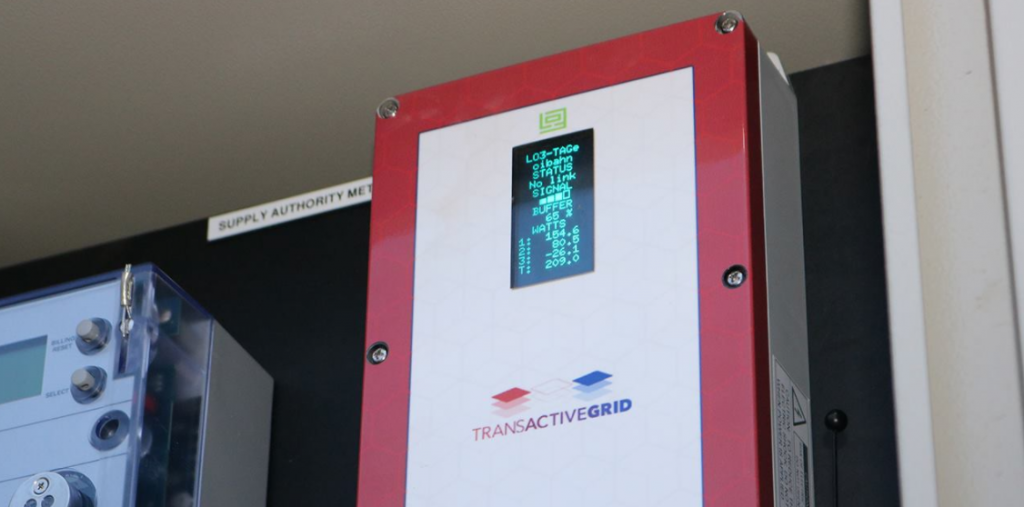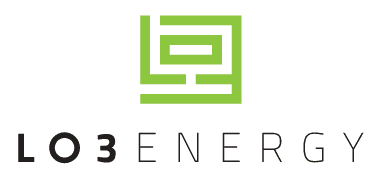Earlier this year we reported about LO3 energy setting up Park Slope in Brooklyn with a Solar microgrid, using blockchain technology – and now they are bringing this project to South Australia under the name of TransActive Grid.
Solar Microgrid – how does it work?

LO3 Energy (who set up business in Australia last year after success in the US), will be partnering with Yates Electrical Services to offer up to 6MW of ‘distributed soar generation’ via blockchain technology – effectively taking a big step towards a full-scale transactive energy market independent of the current grid – one where consumers are able to set the price they’re willing to pay for renewable energy, rather than being ‘stuck’ to the current grid system. This is all underpinned by the blockchain – which allows a decentralised, secure, p2p marketplace to function. If you want more technical details there’s a great paper on the MIT website entitled ‘Blockchain Applications to Solar Panel Energy: Landscape Analysis’.
According to RenewEconomy, the 6MW of solar energy will be built by Redmud Green Energy with the investment money being put up by Chinese backers. Yates gave an example to One Step Off The Grid in an interview earlier this week – where a local irrigator installed solar and was able to create some massive savings: “He was paying between 25-30c/kWh for his electricity, and now we can give him a fixed rate of around 7.5c/kWh. And not only can he save on his electricity consumption, but he can can sell his excess solar if he wants to.”
Belinda Kinkead, director of LO3’s Australian operations, was quoted on the Yates Facebook page as saying: “This is a significant agreement and shows there is great interest in the concept of putting energy choice in the hands of consumers.” Yates say that the project has the potential to open up over 1,000 residences and businesses in South Australia (in the Riverlands) to operate on the LO3 microgrid. With the rapidly rising cost of electricity and huge increases in both blockchain and renewable technology over the past few years, it’ll be exciting to see how this test goes and how much LO3 are able to grow it over the coming years.


